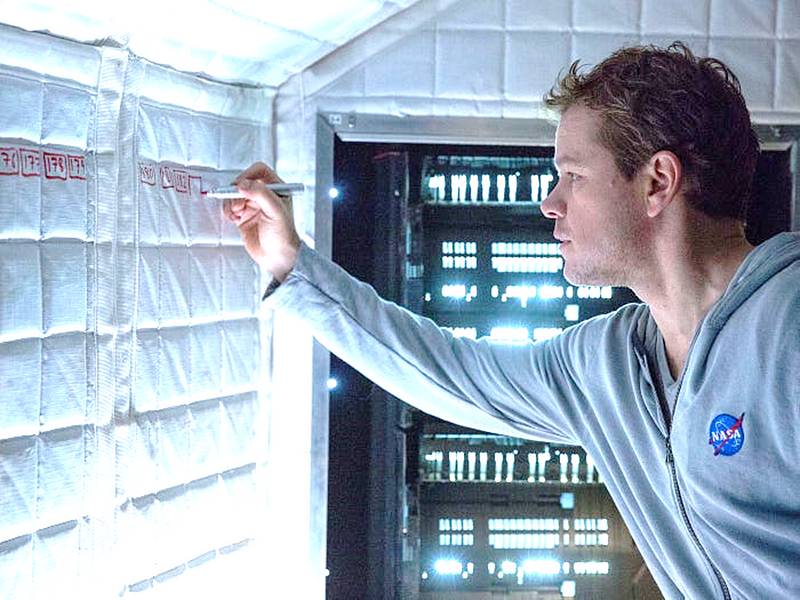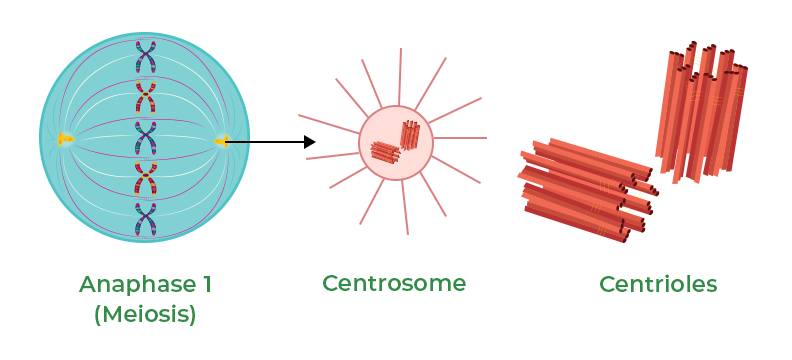Exploring the Quest for a Cancer Cure: A Technologist's Perspective
Written on
The Challenge of Finding a Cancer Cure
I used to hold a strong conviction that a definitive cancer cure would emerge within the 2020s. However, my current stance is one of skepticism. While I still maintain hope for significant advancements by the mid-2030s, I can’t help but wonder: where is the Mark Watney of cancer research?
Despite the presence of brilliant cancer biologists making strides in understanding mechanisms, identifying targets, and conducting numerous clinical trials, I see a lack of visionary technologists akin to Elon Musk in the realm of cancer biology.
Where is the individual or team ready to tackle cancer with the same fervor as Matt Damon's character in "The Martian"? I’ve worked with a biotech firm, Intervenn Biosciences, focused on early cancer detection through glycoproteomics, but we still face challenges in curing those with advanced stages of the disease.
The Power of Individual Visionaries
Collaboration can lead to monumental achievements, as seen in the Manhattan Project or the Human Genome Project. However, these endeavors often had driven individuals at their helm. Historically, a small group of dedicated, risk-taking individuals can tackle immense challenges for four primary reasons:
- Their obsessive dedication.
- Their commitment to long-term goals.
- Their willingness to take risks.
- Their ability to inspire and lead teams.
Unfortunately, I believe that many funding organizations in the medical field lack this long-term vision and are not adequately seeking out technologists or risk-takers. Imagine a medical board actively searching for innovators willing to take risks; this is far from the current norm.
The Technological Mindset Needed to Combat Cancer
As a former physicist and structural biologist, I have ideas worth exploring. There are two distinct approaches: innovative brute force and novel scientific endeavors.
Innovative Brute Force
Phase IV metastatic cancer is often deemed incurable, but what if we employed radical brute force methods to save even a single individual? With sufficient funding, might we not achieve a breakthrough? Targeted therapies already exist that focus on specific tumor anomalies with fewer side effects, yet we are constrained by financial limitations and the number of treatments available.
Imagine the potential if we invested heavily in the treatment of one patient, learning from the process and refining our technologies to make such treatments accessible to all. My vision includes enhancing techniques for circulating tumor cell removal, real-time monitoring, and AI-driven drug development.
Novel Science-Based Technologies
Exploring unconventional theories could lead to breakthroughs. One such theory from the 1990s involves Peter Duesberg's work on aneuploidy, where cells possess an abnormal number of chromosomes. While many researchers focus on gene mutations, Duesberg proposed that aneuploidy could be a significant factor in cancer development.
This idea, though met with skepticism, has prompted further investigations into the correlation between chromosome abnormalities and cancer, highlighting the importance of diverse perspectives in scientific research.
The Potential of Targeting Aneuploidy
Aneuploidy appears to be a common feature across various tumors, possibly emerging early in the disease process. This notion deserves more attention in therapeutic strategies. My imagination envisions nanobot-like drugs that could identify cells with abnormal centriole counts for targeted destruction.
If anyone has the resources to explore such an idea, the potential is immense. Who will rise to be the Elon Musk of cancer research?


